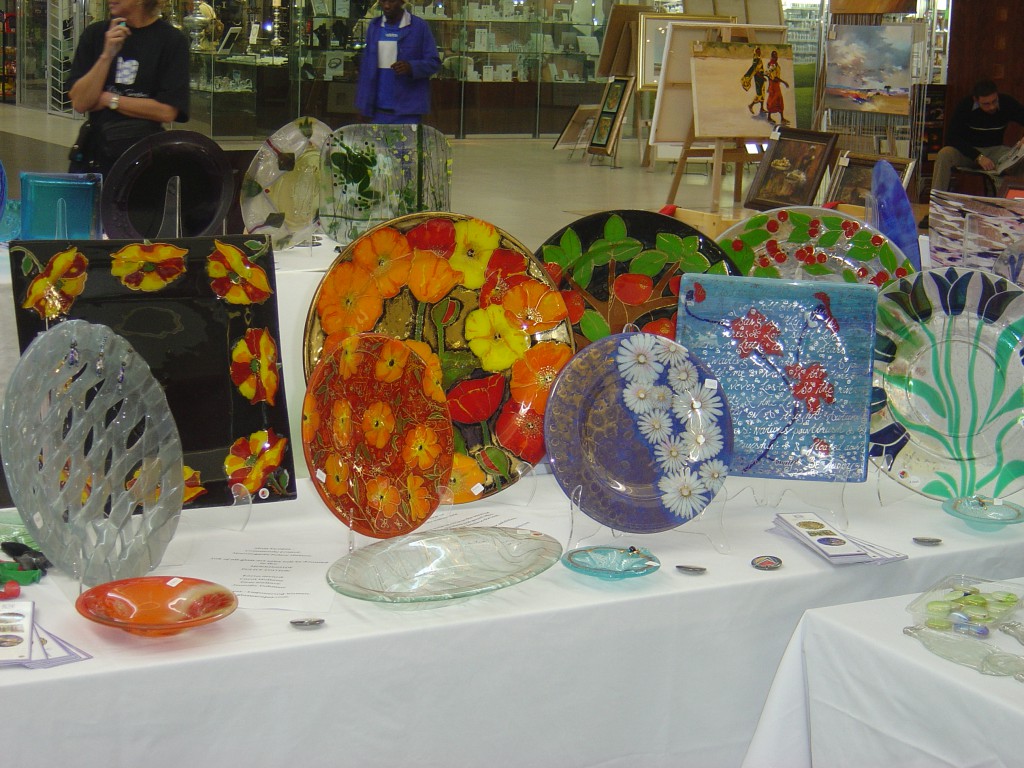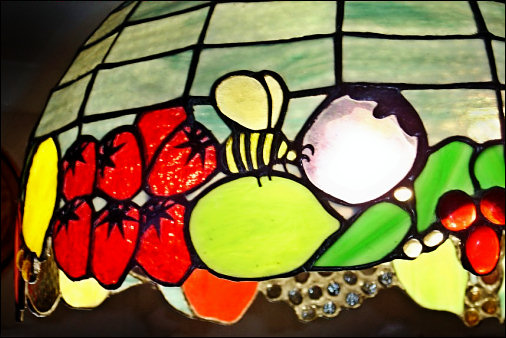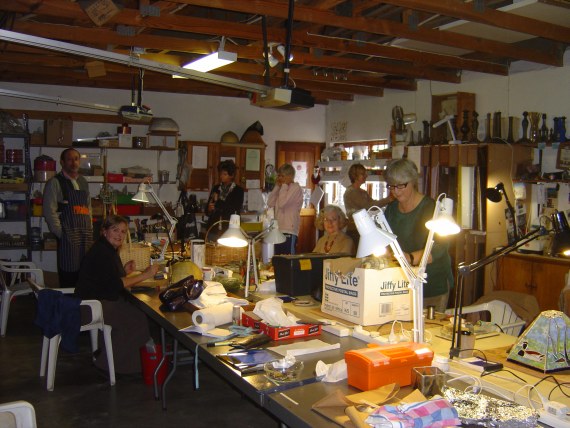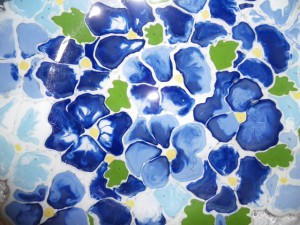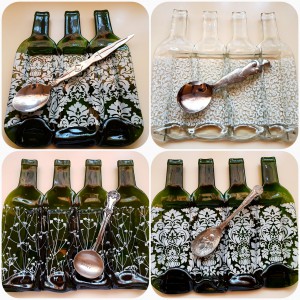In the midst of our busy lives, finding moments of peace and relaxation is crucial for our well-being. While many turn to traditional methods such as meditation or yoga, there exists another avenue for serenity that often goes unnoticed: the captivating world of glass art. From delicate sculptures to vibrant stained glass windows, glass art offers a unique and profoundly calming experience that soothes the soul and rejuvenates the spirit.
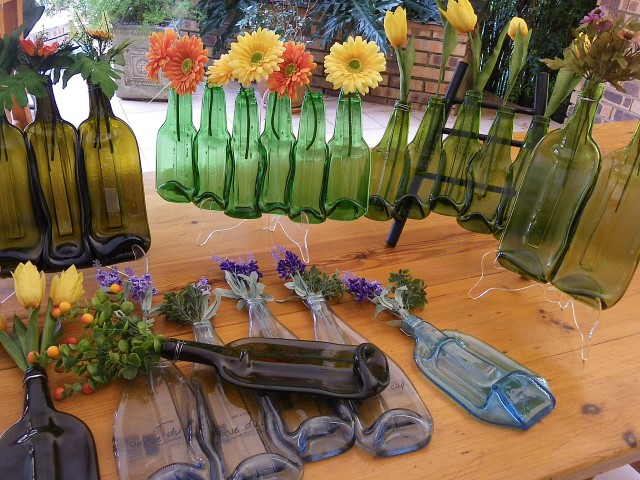
The allure of glass art lies in its ethereal qualities. Crafted from molten silica and shaped by skilled hands, glass possesses a mesmerizing translucency that allows light to dance through its form. Whether it’s the gentle glow of sunlight filtering through a stained glass panel or the subtle shimmer of a glass sculpture catching candlelight, the interplay of light and color creates a serene atmosphere that invites contemplation and introspection.
One of the most enchanting aspects of glass art is its versatility. Artists adeptly manipulate this delicate medium to express a myriad of emotions and themes, from the serene beauty of nature to the complexities of the human experience. Each piece tells a story, inviting viewers to immerse themselves in its narrative and explore the depths of their imagination. Whether it’s the graceful curves of a blown glass vase or the intricate patterns of a fused glass mosaic, there’s a profound sense of tranquility in the intricate details and fluid forms of glass art.
Moreover, the process of creating glass art itself can be a meditative experience. From the intense heat of the kiln to the meticulous precision required for glass cutting and shaping, working with glass demands a focused yet serene mindset. Artists often describe losing themselves in the rhythmic flow of the process, allowing creativity to guide their hands and thoughts. In this way, glass art becomes not just a means of expression, but a form of therapy—a way to quiet the mind and channel one’s innermost thoughts and emotions into tangible works of beauty.
For those seeking respite from the chaos of everyday life, immersing oneself in the world of glass art can provide a much-needed sanctuary. Whether it’s visiting a gallery to admire the works of master artisans or trying one’s hand at glassblowing or stained glass techniques, there’s a sense of serenity to be found in the delicate beauty of this timeless art form. In a world filled with noise and distraction, the tranquil allure of glass art offers a welcome refuge—a chance to pause, reflect, and find solace in the boundless beauty of the creative spirit.


